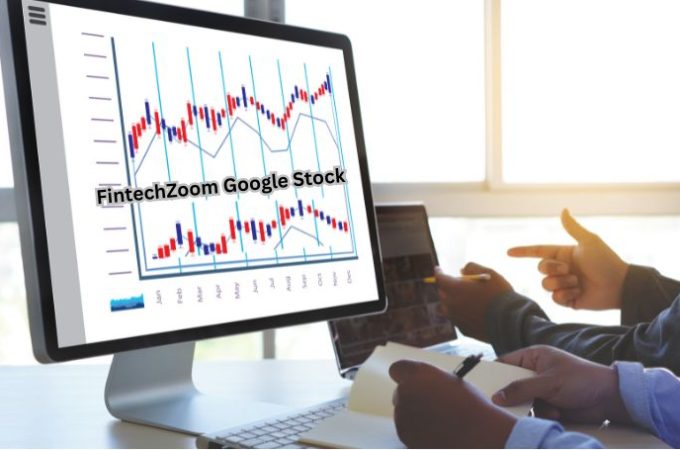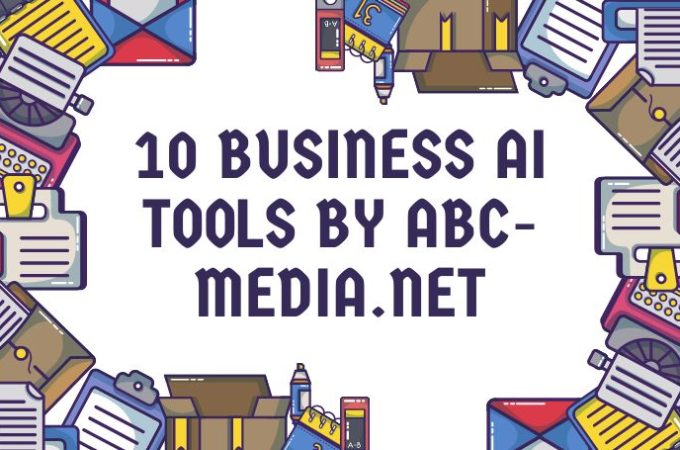
Equipment Evolution : The Latest Trends And Innovations In Tools And Gear
Patrons in every industry want the finest creations in the market. They engage manufacturers regularly to secure the latest gear and tools. Innovations and trends in the gear and tools industry keep popping up, and being watchful can save you a great deal.
Wearable technology has gained traction for its robustness and efficiency in enhancing user performance and safety.
Manufacturers have focused on energy-efficient designs and eco-friendly materials. Also, the era of robotics is here, championing the creation of autonomous equipment. Below are the top innovations and trends in today’s gear and tools.
Multi-tool Options
Multi-tools have become integral in many gear and tool creations. People appreciate the compact and lightweight designs of multi-tools, packaged for optimal usability and functionality. The Milwaukee oscillating tool integrates more features and functions into the compact design. The advanced materials and manufacturing technologies make the tools lighter and more durable. You can utilize them for longer without worrying about performance limitations.
Many multi-tools feature intuitive mechanisms and ergonomic designs. These make the tools fun to handle in diverse situations. Also, the tools have interchangeable tool boys and modular components. You can customize the tool to handle specific tools with ease. Expect more robust and versatile tools to hit the markets continually.
Multi-tools have packages such as scissors, pliers, bottle openers, knives, and screwdrivers. They are easy to transport in a belt pouch, pocket, and backpack for use outdoors. They are a cheaper alternative to sourcing each tool. The tools have user-friendly features and functions and are intuitive to utilize.
Wearable Technology
Patrons in the PPE sector crave safety and efficiency in their daily operations. Wearable technology enhances PPE safety and efficiency. Sensors enable monitoring of environmental conditions and vital signs to detect potential hazards. It eliminates potential chemical exposure and injuries. Haptic feedback and heads-up displays generate real-time feedback. You receive timely updates about risks in your work environment.
People use wearable technology to track biomechanical data and user movements. Accurate data and insights into machine efficiency and ergonomics enable workers to optimize their performance. Also, it helps reduce the injury risk. Data sensors gather data, which users can analyze to uncover trends and patterns. You can rely on patterns and trends to improve equipment design and safety standards.
Customizable and Modular Designs
Patrons want simplicity and precision in handling different tools and gear. Modern manufacturers deploy customizable and modular designs to transform the usage and task-handling capacity of the equipment. They integrate these tools with adaptable features and interchangeable components. These tailored features match specific user requirements.
The flexible and versatile designs boost tool efficiency while prolonging lifespan and reliability. They enable fast replacements and upgrades with the changing requirements and technological advances. Modular designs are effective for enhancing sustainability and resource efficiency. That helps to minimize waste popular with redundant and absolute gear. Patrons can configure their tools to match varying skill levels, tasks, and environments.
Modular and customizable designs are suitable for everyday applications. Tools and gear with such capacities to maneuver varied daily challenges.
Find here : HOW TO REDUCING ABSENTEEISM AND IMPROVE LOYALTY AMONG EMPLOYEES?
Connectivity and Digitalization
The gear and tools industry has experienced a monumental revolution owing to the adoption of connectivity and digitalization. Many smart devices and tools have Bluetooth connectivity, supporting remote control and seamless data transfer. You can update your device firmware remotely. Many smart devices have companion apps, offering users quality and access to performance tracing, tool customization, tutorials, and maintenance reminders.
Contemporary tools and gear with remote monitoring features let you monitor the performance, status, and usage. Receive real-time updates to know the condition of your gear and schedule proactive maintenance. Collect and upload data to the cloud for centralized collaboration and analysis. You have access to your data anywhere to make necessary updates and analyze it to facilitate insights for boosting efficiency and productivity. Operate your equipment from remote locations, even in hand-to-reach and hazardous environments.
Advanced Power Source
One challenge people using gear and tools face is batteries that drain fast. Nothing pains a gear or tool user more than a battery that drains unexpectedly. Modern tools and gear have advanced power sources that last longer. Lithium-ion batteries offer higher energy density and provide longer runtime on every charge.
These batteries offer faster charging times and keep the power output consistent throughout the discharge cycle. Therefore, these batteries guarantee efficiency and lasting performance.
Modern tools and gear have fuel cells that turn chemical energy into electrical energy. That occurs when oxygen and hydrogen react, offering an efficient and clean power source. These batteries provide longer runtime than standard batteries and fuel much faster. They are suitable for applications that demand prolonged usage.
Fuel cells and lithium-ion batteries generate zero emissions when in use. Prolonged use does not impact the environment, which supports your sustainability efforts. You can run the tools under all conditions without worrying about toxic emissions.
Artificial Intelligence Integration
Most manufacturers intermix artificial intelligence into their equipment and devices. Artificial intelligence enhances the usability and functionality of your devices and equipment. Predictive care uses AI algorithms to interpret data from documented usage prints to anticipate the best upkeep patterns. These technologies minimize downtimes and prevent pricey breakdowns.
AI integration into contemporary tools and tools optimizes performance by sponsoring primary functionality adjustments. Use generated data to modulate your devices, consume power, and the operation momentum. Adjusting such processes is indispensable to optimize output and efficiency. Manufacturers use adaptive technology on these instruments, which use AI algorithms to ensure they can adapt to fast-changing user preferences and conditions. They use the data to suit the tool’s demeanor and settings to maximize performance in all environments.
Also, these tools and equipment have AI-powered systems that catch and program repair defects and aberrations. They allow for fast diagnosis and troubleshooting of the appliances and ensure steady operation. Use these tools to optimize the handling of the instruments in varied settings.
Wrapping Up
The equipment and instruments industry has witnessed incredible probes fueled by ingenious advancements. These progressive solutions include but are not limited to wearable technology, digitalization, connectivity, and modular designs. Modern devices have encroached on power sources, with fuel cells and lithium-ion batteries being top sellers. Manufacturers have also shifted to automation technologies and eco-friendly materials that reshape environmental practices and manufacturing processes.





